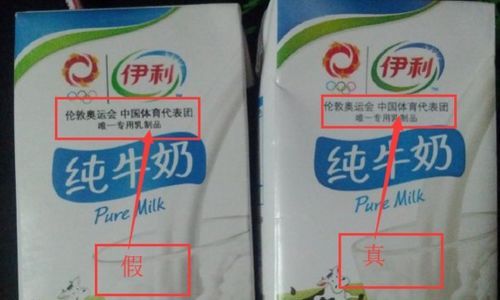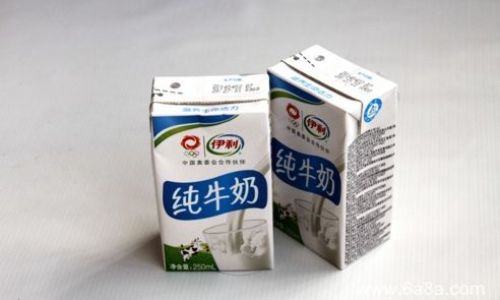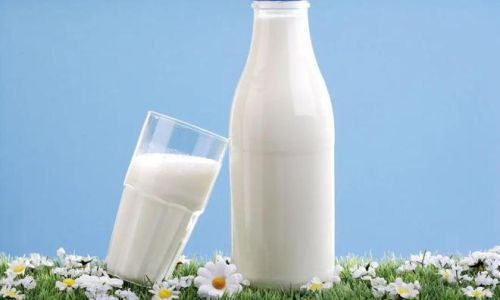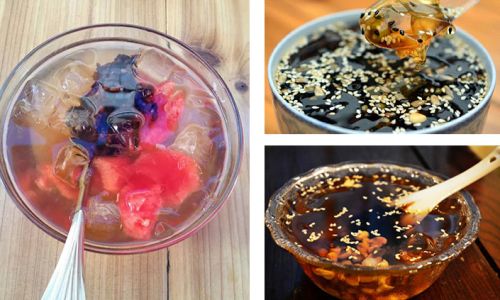Introduction
Pure milk, a staple in households worldwide, is a nutrient-rich beverage cherished for its versatility and health benefits. However, its perishable nature demands careful handling to maintain quality and safety. Improper storage can lead to spoilage, bacterial growth, and waste. This article delves into the science and practical steps to preserve pure milk’s freshness, ensuring every sip is as wholesome as the first. From refrigeration techniques to identifying spoilage signs, we’ll explore actionable strategies to extend shelf life and safeguard your dairy investment.

Understanding Milk Spoilage: The Enemies of Freshness
Milk spoils due to microbial activity, primarily bacteria like Lactococcus, Lactobacillus, and Pseudomonas. These microorganisms thrive in warm temperatures, multiplying rapidly and producing enzymes that break down lactose (milk sugar) into lactic acid. This process curdles milk, alters its taste, and emits a sour odor. Additionally, enzymes naturally present in milk or introduced through contamination (e.g., from dirty utensils) accelerate degradation.
Refrigeration Basics: The First Line of Defense
1 Temperature Control
The ideal refrigerator temperature for milk is below 40°F (4°C). At this range, bacterial growth slows significantly, extending shelf life. Avoid storing milk in the refrigerator door, as frequent opening causes temperature fluctuations. Instead, place it on the middle or lower shelves, where conditions are most stable.
2 Sealing the Container
Always keep milk in its original sealed container or transfer it to an airtight, opaque container. Exposure to air oxidizes fats and proteins, leading to off-flavors. If the original packaging is damaged, use a clean, lidded pitcher to minimize air contact.
3 Avoiding Cross-Contamination
Never return unused milk to the container after dipping a utensil into it. This introduces bacteria from your mouth or hands. Instead, pour the desired amount into a separate glass or measuring cup. Similarly, store milk away from strong-smelling foods (e.g., onions, fish), as it absorbs odors easily.
Shelf Life and Expiration Dates: Decoding Labels
1 Pasteurized vs. Ultra-Pasteurized Milk
- Pasteurized milk: Heated to 161°F (72°C) for 15 seconds, lasting 5–7 days after opening.
- Ultra-pasteurized (UHT) milk: Heated to 280°F (138°C) for 2–4 seconds, extending shelf life to 6–9 months unopened. Once opened, UHT milk lasts 7–10 days.
2 Raw Milk
Unpasteurized milk has a shelf life of 7–10 days if stored below 38°F (3°C). However, it poses health risks due to harmful bacteria like E. coli and Salmonella. Most experts recommend avoiding raw milk unless from a trusted, regulated source.
3 Expiration Dates: A Guideline, Not a Rule
“Best by” dates indicate peak quality, not safety. Milk may still be safe to consume 3–5 days past this date if properly stored. Trust your senses: if it smells sour, looks curdled, or tastes off, discard it.
Optimal Placement in the Refrigerator
1 Avoid the Door Shelves
The refrigerator door experiences the most temperature fluctuations due to frequent opening. Store milk on the middle or bottom shelves, where temperatures remain steadier.

2 Organizing for Efficiency
Place taller milk containers toward the back to prevent blocking vents. Ensure proper air circulation by not overcrowding the fridge.
Freezing Milk: A Last-Resort Strategy
1 How to Freeze Milk
- Pour milk into airtight, freezer-safe containers, leaving 1–2 inches (2.5–5 cm) of headspace for expansion.
- Label with the date and freeze at 0°F (-18°C) or below.
2 Thawing and Usage
Thaw frozen milk in the refrigerator for 24–48 hours. Shake vigorously before use, as freezing separates fats and water. Thawed milk is best for cooking, baking, or drinking within 5–7 days. Note that texture changes (e.g., graininess) are normal but harmless.
3 When Not to Freeze
Avoid freezing lactose-free or flavored milk, as their textures become unappealing.
Transportation and Shopping Tips
1 From Store to Home
- If your commute exceeds 30 minutes, use an insulated cooler with ice packs.
- Prioritize milk as your last grocery stop to minimize time outside refrigeration.
2 Vacation or Travel
For extended trips, pack milk in a cooler with dry ice or opt for UHT milk, which doesn’t require refrigeration until opened.
Recognizing Spoilage Signs
- Smell: A sour, rancid, or putrid odor indicates bacterial activity.
- Texture: Curdling, lumps, or excessive thickness signal spoilage.
- Taste: Never taste questionable milk; discard it immediately if visual or olfactory cues are off.
Storage Tips for Special Circumstances
1 Powdered Milk
Store unopened powdered milk in a cool, dry place for up to 2 years. Once opened, transfer to an airtight container and use within 3 months.

2 Condensed or Evaporated Milk
Unopened cans last 6–12 months. After opening, refrigerate in a sealed container for 5–7 days.
3 Milk Alternatives
While this article focuses on dairy milk, note that plant-based milks (e.g., almond, soy) have shorter shelf lives and may require different storage methods.
Common Mistakes to Avoid
- Leaving milk out at room temperature: Even 2 hours above 40°F (4°C) risks spoilage.
- Reusing dirty containers: Bacteria from previous use contaminate fresh milk.
- Overstocking: A crowded fridge impedes airflow, causing uneven cooling.
Environmental and Packaging Considerations
1 Light Exposure
Milk in clear glass or plastic containers is prone to light-induced oxidation, which degrades vitamins and flavors. Choose opaque packaging or store clear containers away from light.
2 Sustainable Practices
- Opt for recyclable cartons over plastic jugs when possible.
- Repurpose leftover milk in recipes (e.g., pancakes, smoothies) to reduce waste.
Conclusion
Proper milk storage is a blend of science and habit. By maintaining consistent refrigeration, sealing containers tightly, and adhering to expiration guidelines, you can enjoy fresh, safe milk while minimizing waste. Whether you’re a daily milk drinker or an occasional user, these practices ensure every drop delivers the nutrition and taste you expect. Stay vigilant, trust your senses, and savor the simplicity of a well-preserved glass of milk.





0 comments